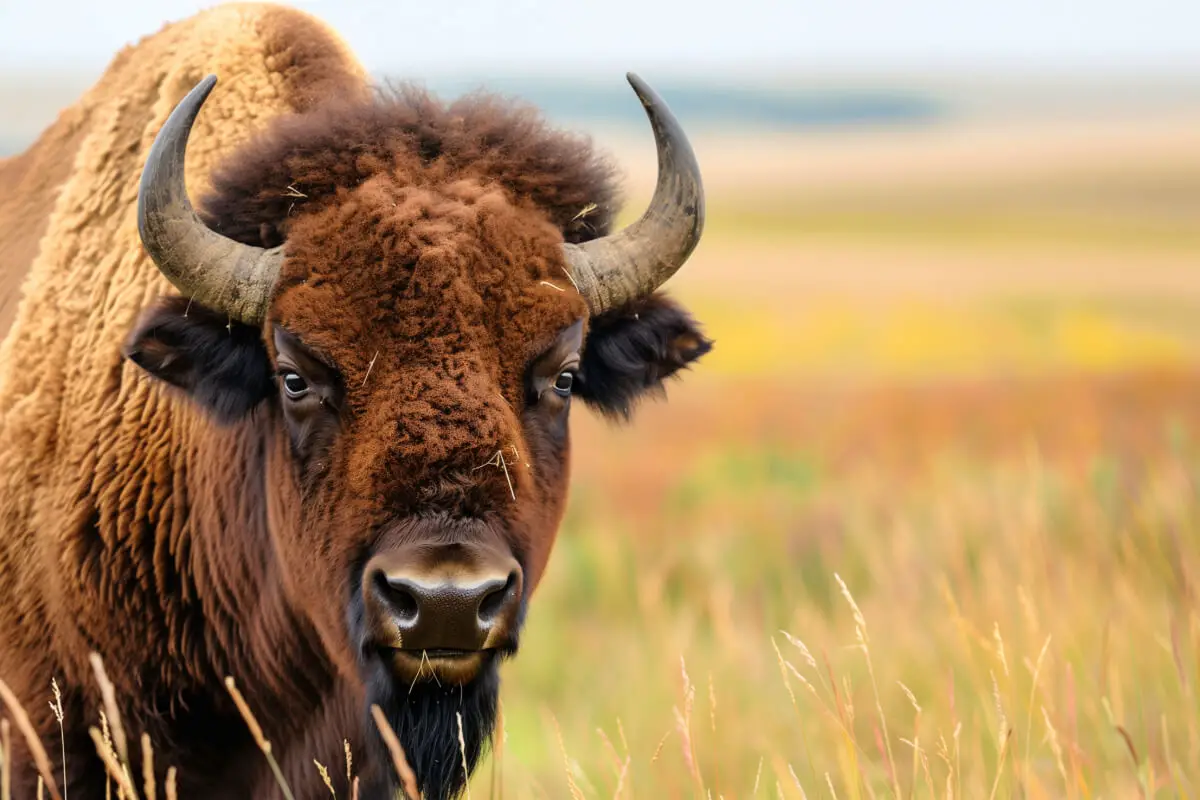The mighty buffalo, once a pillar of the vast North American plains, stands as a testament to the resilience and prosperity of Native American cultures. For centuries, these majestic beasts have been intricately entwined with Indigenous people’s daily lives and spiritual realms, furnishing them with essential resources while shaping their societal norms.
The buffalo’s historical significance is more than a tale of survival; it is a chronicle of a harmonious relationship that fostered a symbiotic existence between human societies and the natural world as we delve into the multifaceted role of the buffalo, from its emblematic presence in Native American traditions to its reinvention in the marketplaces of the modern era, a narrative of adaptation and endurance unfolds, mirroring the entrepreneurial ethos that continues to guide communities and enterprises today.
Table of Contents
- Historical Significance of the Buffalo
- The Entrepreneurial Spirit and Buffalo Symbolism
- Buffalo as a Commodity in Today’s Market
- Revitalization Efforts and Economic Impact
- Related Questions
Historical Significance of the Buffalo
Unearthing the Economic Powerhouse: Buffalo’s Role in Native American Prosperity
When we delve into the annals of Native American history and economy, one colossal figure emerges as the backbone of sustenance and trade: the buffalo. This mighty creature, roaming the vast plains, was more than just a food source; it was the centrifugal force of an intricate economic network that sustained and enriched Native American societies for centuries.
Think of the buffalo as the economic juggernaut of the Plains. The sheer versatility of the animal is astonishing. Native Americans exercised remarkable ingenuity, turning every part of the buffalo into essential goods. The meat wasn’t the only profitable yield — hides became tepees, blankets, and clothing, bones were crafted into tools and weapons, and sinews served as thread.
However, the buffalo did more than provide resources; it shaped a bartering economy that knit tribes together. Trading buffalo products among different tribes led to alliances and an early form of commerce long before European influence. This wasn’t merely trade; it was the foundation of social and economic bonds that mapped out the prosperity of entire communities.
Moreover, the Native Americans’ sustainable use of buffalo is a masterclass in resource management. They pioneered a circular economy, maximizing utility while maintaining ecological balance—a topic that is all the rage in today’s sustainability conversations.
The buffalo were, in essence, Native American stock markets on legs. Tribes that mastered the art of buffalo hunting and utilization prospered greatly, and the ripple effects of this prosperity were felt across social structures. It’s a testament to these communities’ resourcefulness and economic acumen that the buffalo’s impact still resonates in the socioeconomic discussions of the modern era.
Celebrate the buffalo as an economic marvel of pre-colonial America — a testament to the legacy of Native American prosperity and a blueprint for the symbiosis of commerce, community, and conservation.
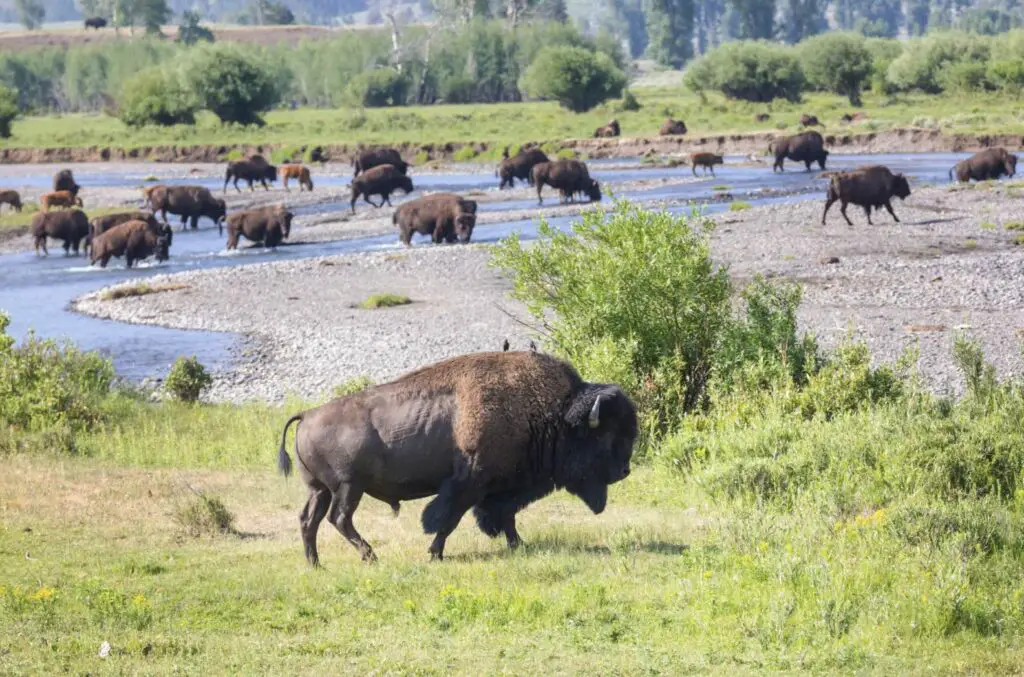
The Entrepreneurial Spirit and Buffalo Symbolism
Buffalo Wisdom: Harnessing Tenacity and Resilience for Entrepreneurial Success
As entrepreneurs, it’s paramount to understand, adapt, and innovate within the ever-evolving business landscape. In this pursuit, the buffalo symbolizes profound lessons that can steer ventures toward sustainable prosperity. Let’s explore the indomitable spirit of the buffalo and what it teaches about driving forward in the business world with resilience and purpose.
Tenacity in the Face of Challenge
The buffalo, known for its formidable presence, teaches the value of endurance and perseverance. Like the great plains traversed by these majestic creatures, business presents unpredictable storms. Emulate the buffalo’s grit, face adversities head-on, and push through barriers with unwavering determination. This tenacity is the backbone of entrepreneurial success.
Strategic Agility
Notice how buffaloes move – they are both forceful and graceful. In business, this translates to strategic agility. Thinking on your feet and pivoting precisely can be the difference between mediocrity and greatness. Position your business to adapt swiftly to market shifts, great or small, ensuring you always lead the charge rather than being trampled by the herd.
Resource Optimization
Buffaloes embody the art of using resources to their fullest potential. In the entrepreneurial realm, this means allocating financial and human capital efficiently, wringing the maximum value from minimal investments, and avoiding wastage. Approaching every asset to optimize, innovate, and extract every bit of value is doing business the buffalo way.
Cultivating a Robust Network
In the wild, buffaloes thrive as part of a herd. Similarly, a robust professional network is a safety net that can propel you to heights and cushion you during downturns. Invest in cultivating meaningful relationships – alliances that go beyond mere transactional interactions. Remember, in the business ecosystem, collaboration often trumps competition.
Contribution to Community
The buffalo inspires not just commerce but also contribution. It’s critical to recognize that true entrepreneurial success comes from what you give back to the community. Be the driving force in making a societal impact; set precedents in corporate responsibility, and let your brand be synonymous with positive change. That’s a legacy worth leaving behind.
So, let the buffalo’s legacy impart wisdom—adopt its tenacity, agility, resourcefulness, and communal spirit in your journey. Be the entrepreneur who charges fearlessly into the business frontier, making a mark as enduring as the timeless buffalo. After all, the wise lead the herd in the grand savanna of enterprise.
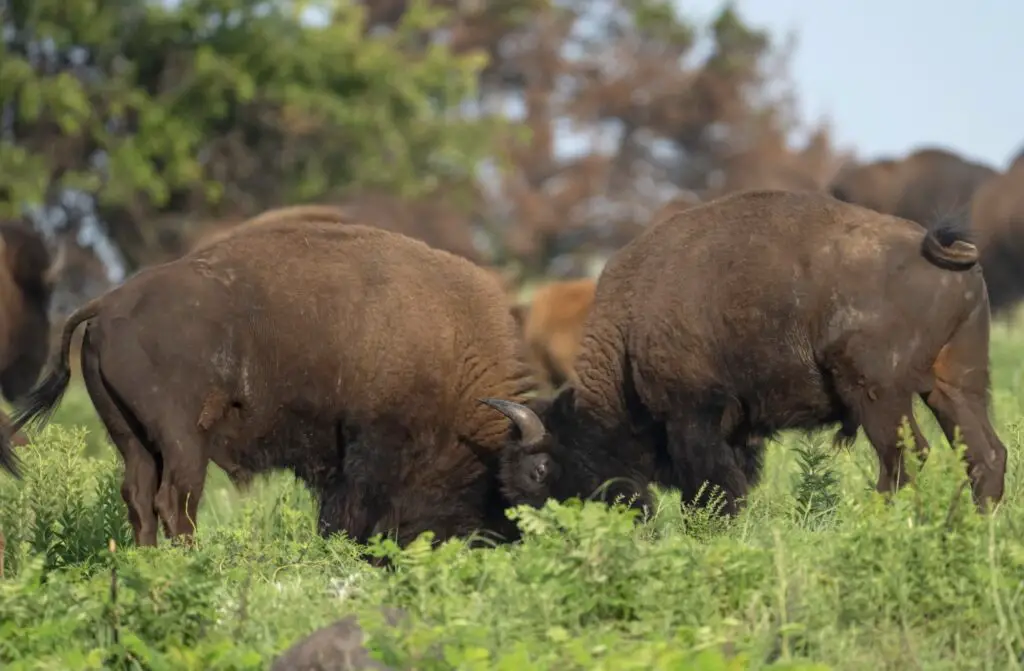
Buffalo as a Commodity in Today’s Market
Innovative Business Insights from the Mighty Buffalo: A Modern Take
When one conjures up the image of a buffalo, it’s easy to get caught in the romanticism of an era bygone. However, this majestic beast has much to teach today’s business leaders and entrepreneurs. As the commerce landscape continues to evolve at a breakneck pace, the buffalo stands as a towering exemplar of adaptability, resilience, and strategic innovation. Unlocking these lessons can be the key to thriving in modern business.
Harnessing the Power of Adaptability
In today’s market, adaptability is more than a buzzword; it’s the fabric of survival and success. The buffalo’s ability to thrive in diverse environments mirrors the need for businesses to pivot with changing market conditions. Whether facing a fluctuating economy or shifting consumer demands, companies must channel their inner buffalo to adapt quickly without losing sight of their core vision.
Resilience: The Entrepreneurs’ Backbone
The buffalo’s resilience in the face of predators and extreme weather parallels the mettle required to weather the storms of the business world. Economic downturns, competitive pressures, and unforeseen crises serve as the predators of the modern market. Emulating the buffalo’s resilience, businesses today need to build robust recovery plans and have the fortitude to push through challenges, emerging more substantial and more prepared for future hurdles.
Leveraging a Diversified Portfolio
Throughout history, every part of the buffalo was used to support life – akin to optimizing every asset within a business. In the digital age, diversification isn’t just wise; it’s imperative for growth and stability. By exploring new markets, developing complementary products or services, and tapping into alternative revenue streams, businesses can reduce risk and create a buffer against market volatility – a move all savvy entrepreneurs know is non-negotiable.
The Power of a Strong Network
The strength of the buffalo herd is an undeniable metaphor for the power of networking in business. No single buffalo, nor business, is an island. Building alliances and cultivating relationships leads to mutual progress and success. Networking isn’t just exchanging cards; it’s about creating mutually beneficial partnerships that offer a competitive edge and foster innovation. Remember, a robust network is a radar for new opportunities and a safety net during downturns.
Community Engagement as a Business Cornerstone
Finally, just as the buffalo was central to the communal well-being, modern businesses must recognize their role in the wider community. Beyond profit, the contemporary business model must include social responsibility. Engaging with the community enhances a company’s image and develops loyalty and trust that cannot be bought. This commitment to societal upliftment is a timeless component of long-term business prosperity.
In essence, the buffalo’s legacy transcends its historical context, offering a blueprint for entrepreneurship in the modern era. It is not merely an animal of the past but a symbol of enduring business principles. Executives and business owners alike can learn from this resilient creature, applying its wisdom to create durable, versatile, and community-focused business models built to last in the ever-changing savannah of the marketplace.
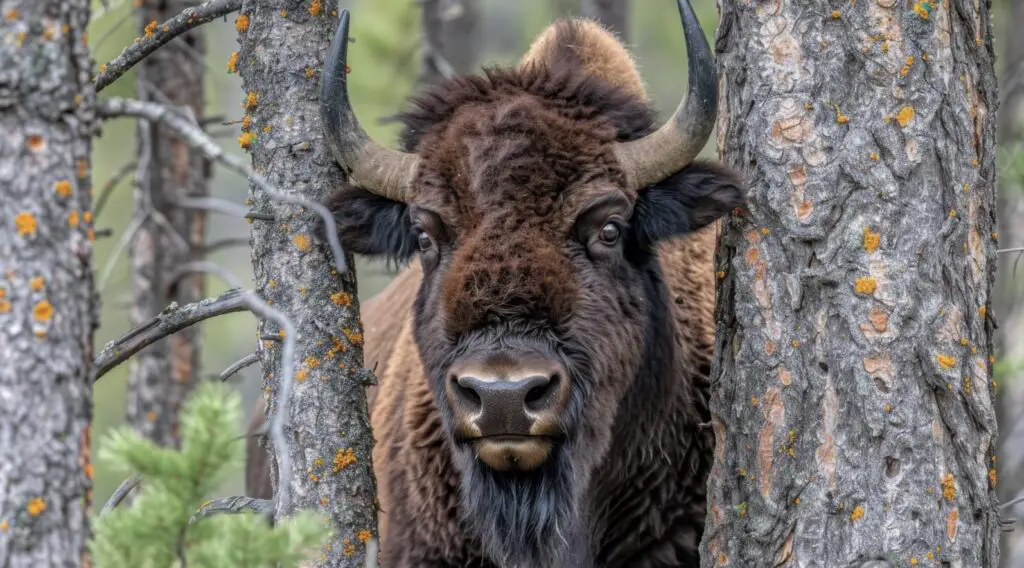
Revitalization Efforts and Economic Impact
Unleashing Economic Progress: The Ripple Effects of Buffalo Revitalization
Picture a dynamic economic upswing, akin to the legend of the Phoenix, in the heart of America. Buffalo revitalization isn’t merely a symbol of ecological restoration; it’s the kindling of an economic rebirth. Turn your gaze to the industry’s history, and you’ll notice the mighty buffalo was once an icon of untamed economic potential. Today, we are witnessing a resurgence of this majestic beast, portending a new era of economic prosperity.
The revival of the buffalo has brought an invigorating boost to the agricultural sector. Livestock herds now feature these hardy creatures, reflecting the rising demand for healthier, more sustainable meat alternatives. It’s not just about leaner protein; this trend signals job creation, agri-tourism development, and Indigenous ranches reclaiming traditional practices for modern success.
Delve into the ripple effects, and you’ll see the emergence of novel markets. Buffalo-related products, from artisanal crafts to high-quality leathers woven into the fashion industry, are carving out new niches. These aren’t just goods; they’re stories – narratives that sell, bridging the gap between history and contemporary commerce.
The environmental impact cascades into advantages for local economies. Grasslands managed for buffalo herds stimulate local ecologies. Thriving grasslands lead to better water retention, carbon sequestration, and biodiversity—an investment in the planet paying dividends for communities. Sustainable practices foster eco-friendly tourism prospects and educational endeavors and attract consumers committed to environmental stewardship.
What’s more, buffalo ranches operate as hubs for innovation. With technology and automation taking the reins, Buffalo Ranching is scaling operations, ensuring product quality, and streamlining supply chains. This forward-thinking mindset now permeates the industry, inspiring other sectors to follow suit and rethink traditional operations for efficiency and sustainability.
On the broader economic canvas, buffalo revitalization paints a picture of cultural resurgence and financial independence for Indigenous communities. Tribal nations, historically custodians of the buffalo, are re-establishing herds, reinvesting in local economies, and reinforcing cultural heritage. Economic empowerment is directly tied to social and cultural upliftment, a holistic growth model for communities long overdue for recognition and prosperity.
Indeed, the buffalo’s economic impact is an overarching tale of renewal, a synergy between ecology and economy, and a testament to the merits of re-engaging with nature for a balanced, profitable future. So, the saga continues, with every new buffalo calf symbolizing yet another step toward sustained economic growth, a celebration of heritage, and a trailblazing path for industries looking to thrive on the pillars of sustainability, legacy, and innovation.
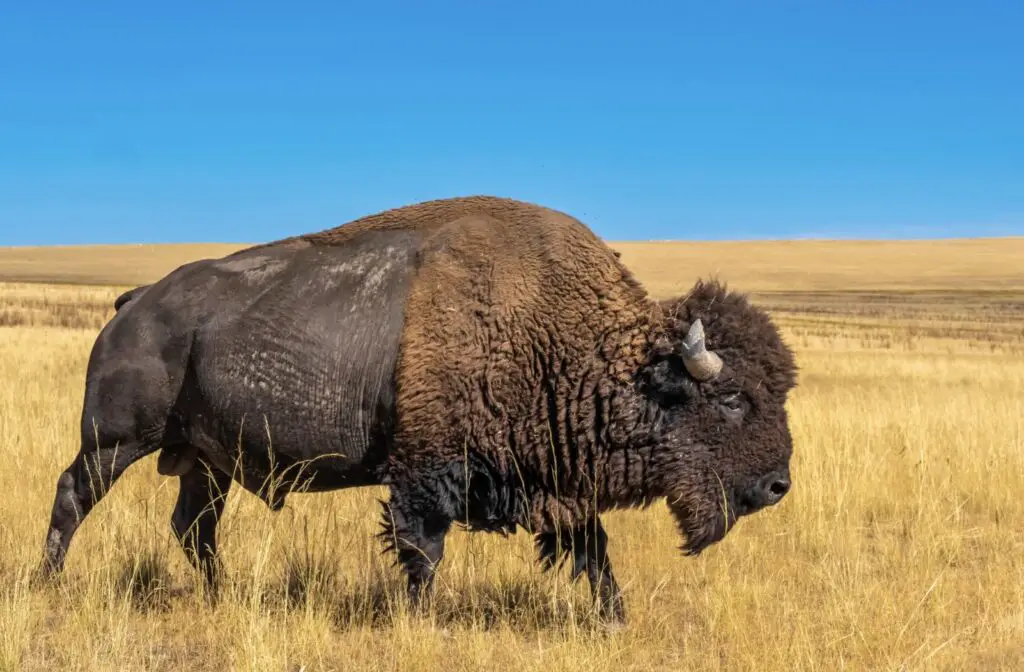
The enduring legacy of the buffalo transcends its longstanding material contributions, fostering a wave of cultural empowerment and economic revitalization that reverberates throughout Native American communities and beyond. Reviving buffalo populations and their habitats is not merely an act of ecological conservation but a profound commitment to restoring the balance between humanity and nature.
By weaving together the threads of history, symbolism, commerce, and conservation, a tapestry depicts the buffalo as both a guardian of the past and a beacon for the future. As such, the multifarious efforts to champion the buffalo’s cause are a poignant reminder of the inseparable ties that bind us to the living tapestry of our shared environment and heritage, encouraging us to look forward with hope and resolve.
At A Bus On A Dusty Road, we talk about travel, life, and ex-pat living. We are all about “Living Life As A Global Citizen.” We explore social, cultural, and economic issues and travel.
We would love to have you be part of our community. Sign up for our newsletter to keep up-to-date by clicking here. If you have any questions, you can contact me, Anita, by clicking here.
Listen to our Podcast called Dusty Roads. You can find it on all major podcast platforms. Try out listening to one of our podcasts by clicking here.
Subscribe to our A Bus On A Dusty Road YouTube Channel with great videos and information by clicking here.
Related Questions
How Much Does The Great Wall Of China Weigh?
If you calculate the approximate number of bricks and the weight of each of those, the Great Wall of China would weigh over 50,000,000 tons. The Great Wall is considered the heaviest continuous structure on the face of the earth. As so many bricks were used to build the wall, if you put all the bricks side by side, it would go around the equator about 36 times.
By clicking here, you can discover How Much Does The Great Wall Of China Weigh?.
Where Does The Great Wall Of China End?
The Great Wall ends at what is known as the Jianyu Pass; this Jianyu Pass is the westernmost part of the Great Wall and also was known as the “First and Greatest Pass Under Heaven.” Some called it is the gates at the Jianyu Pass, the Gate of Travelers, and the Gate of Sighs.
You can learn more by reading Where Does The Great Wall Of China End? by clicking here.
How Long Did It Take to Build the Whole Great Wall of China?
The Great Wall of China took over 2,000 years to build. The building span over many Chinese Dynasties or for about 22 centuries. The construction of the wall ended in the Ming Dynasty in 1644. The Great Wall is one of the most significant human-made construction projects globally; the Great Wall is over 21,196 kilometers or 13,171 miles. There are over 25,000 watchtowers scattered throughout the Great Wall structure.
To know more about How Long Did It Take to Build the Whole Great Wall of China? by clicking here.

